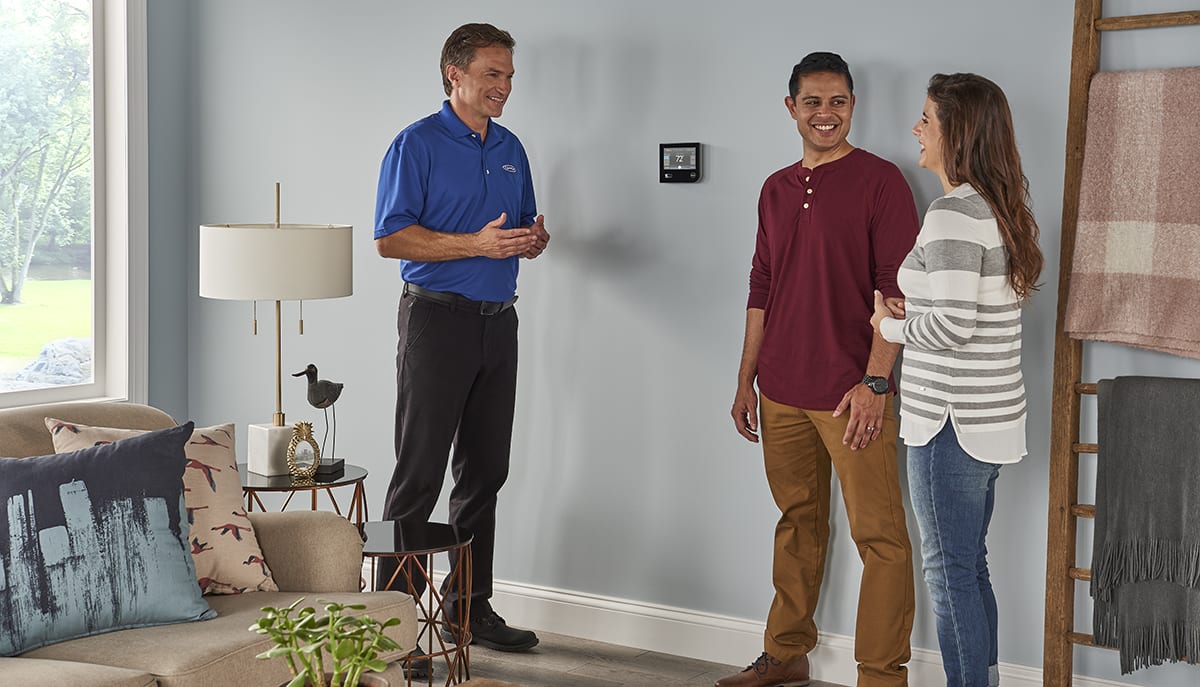What is a UV Light For Furnace?
By Travis Baugh
A UV light, sometimes referred to as a UV furnace light, is a device that uses ultraviolet (UV) light to kill harmful bacteria, viruses, and mold spores present in the air and on surfaces, thereby improving indoor air quality. It is typically installed within the HVAC system, either in the ductwork preferably near the evaporator coil, where it can effectively reduce these contaminants on the coil surface where the light shines.

UV Carrier UV lights emit UV-C light, which has germicidal properties. UV-C rays penetrate the DNA of microorganisms, disrupting their genetic material and preventing them from reproducing. This process helps to reduce the release of microorganisms that may build up on the evaporative coil and drain pan into the recirculated air of the home.
Installation of a UV light should be handled by a professional HVAC dealer. The light is strategically placed within the HVAC system to ensure maximum effectiveness, with the technician considering factors such as airflow, UV sensitivity of HVAC components such as plastics and wiring, and potential obstructions when determining the optimal location. In addition, safety measures should be taken when handling UV-C lights as they can damage the eyes and skin if exposed. Always turn off an UV lights before attempting to service or inspect equipment.
How Does a UV Light For A Furnace Work?

UV lights for a furnace employ advanced technology to help improve indoor air quality. Understanding how these lights work can help you make an informed decision about integrating them into your HVAC system.
UV light technology utilizes ultraviolet radiation, specifically UV-C rays, to reduce potentially harmful bacteria, viruses, mold, and other microorganisms that thrive on the evaporative coil. These lights are generally installed within close to the evaporative coil, where they emit a specialized wavelength that disrupts the DNA structure of these microorganisms, rendering them unable to reproduce or survive. Learn more about how UV lights kill bacteria and mold.
Benefits of UV Furnace Lights
Talk To Your Local Carrier Dealer About UV Light For Furnace Options
Frequently Asked Questions About UV Light For Furnace
Disadvantages of UV lights in furnaces include initial costs and ongoing maintenance, such as regular bulb replacements. They primarily target microorganisms, not dust or allergens.


